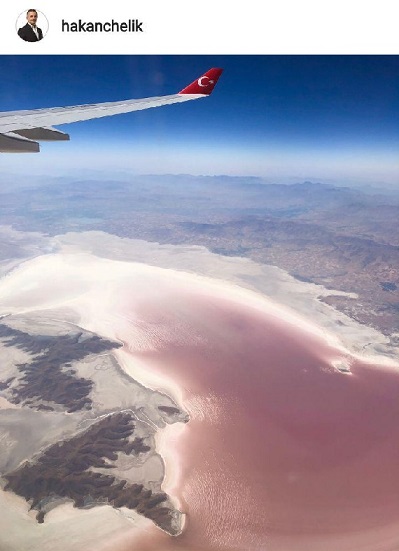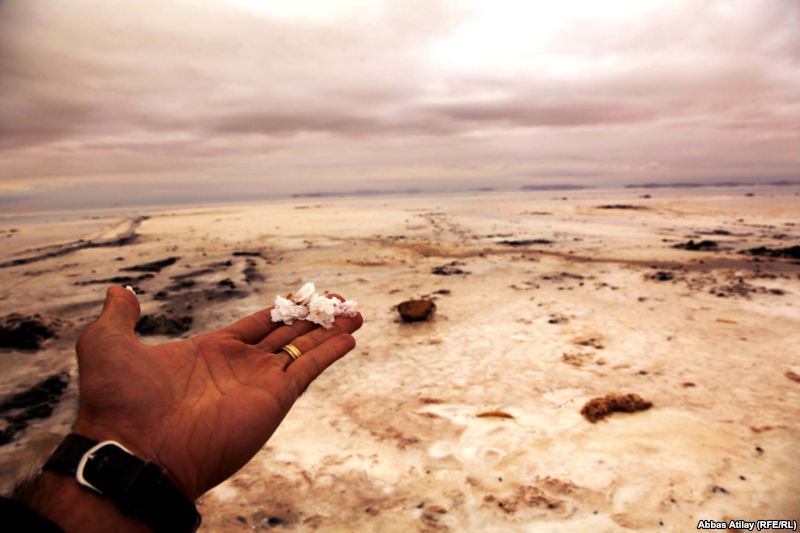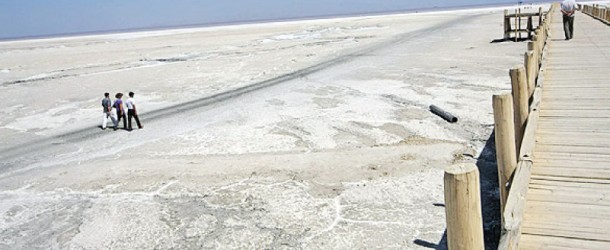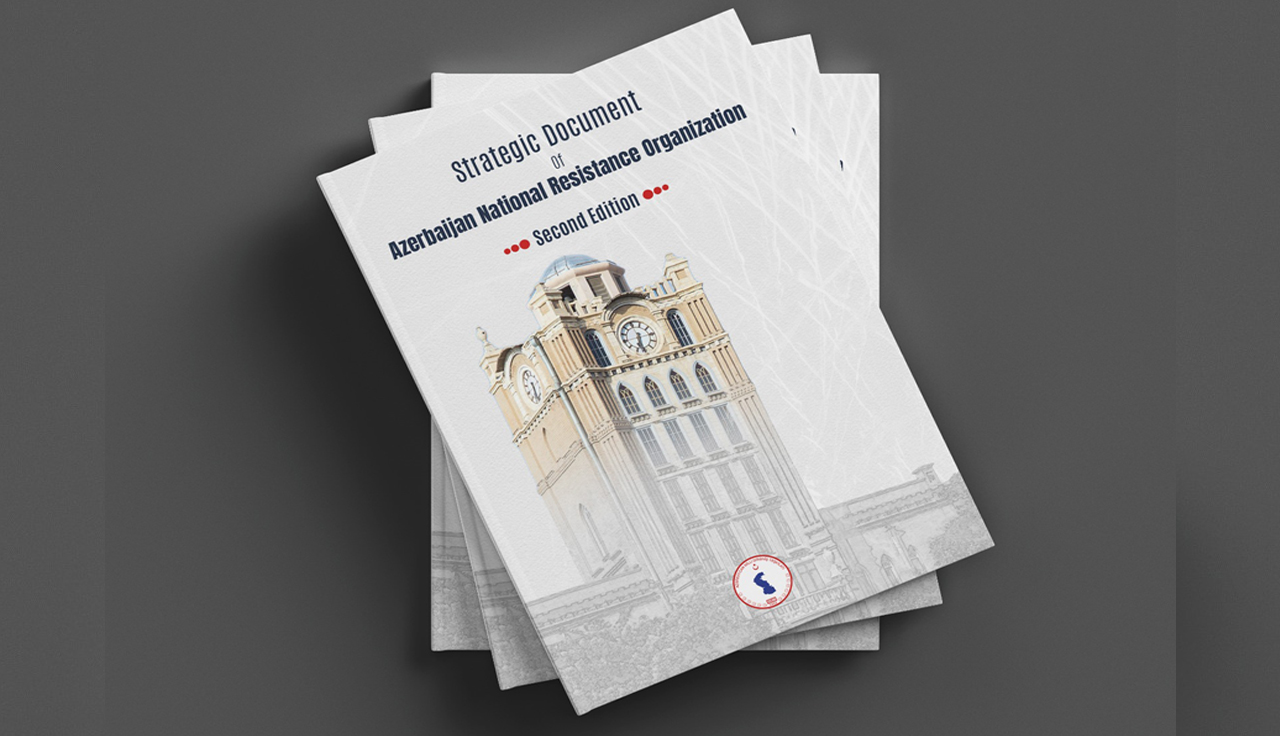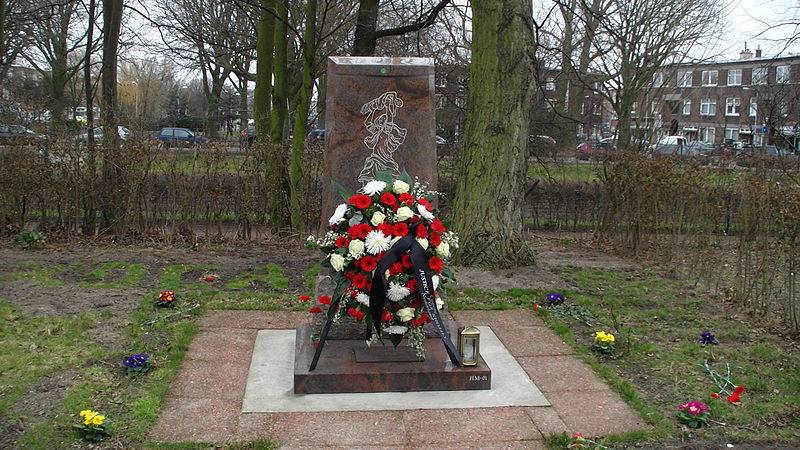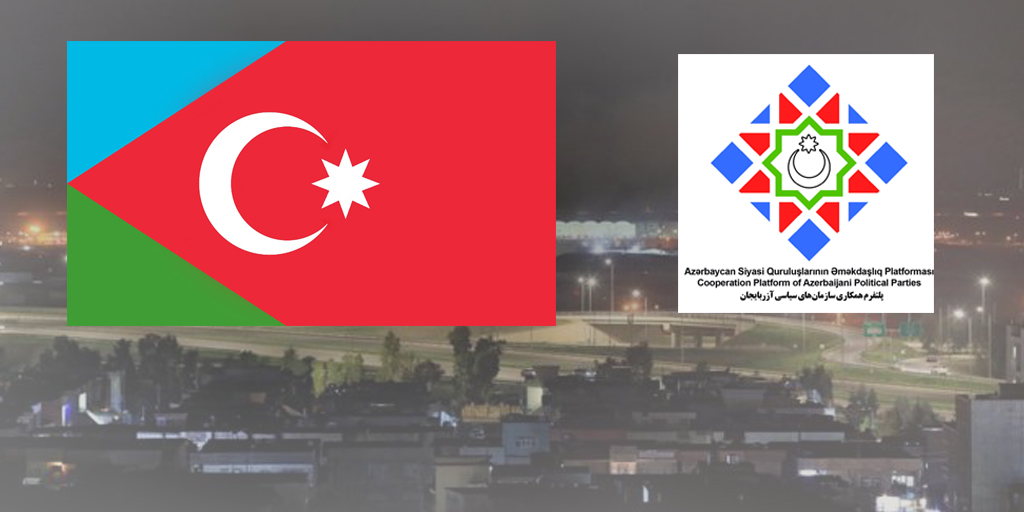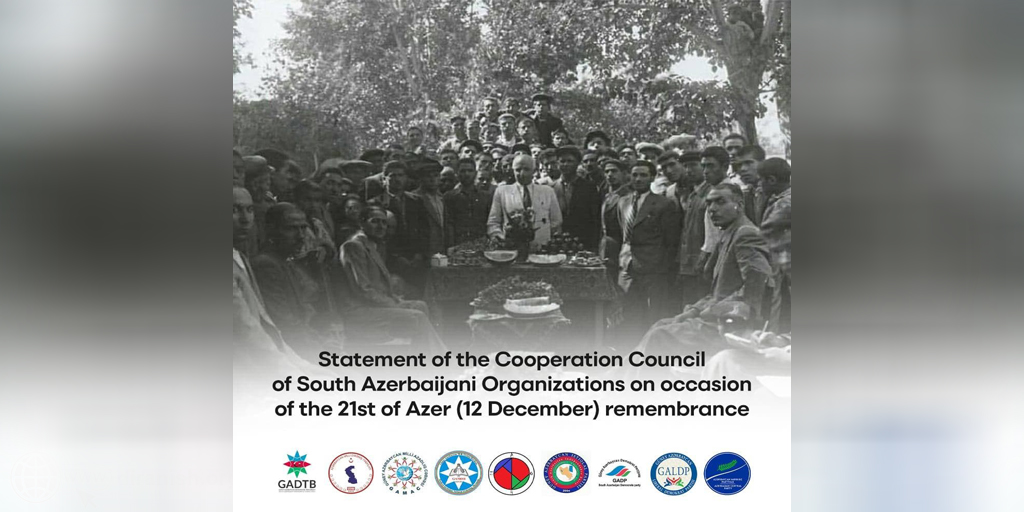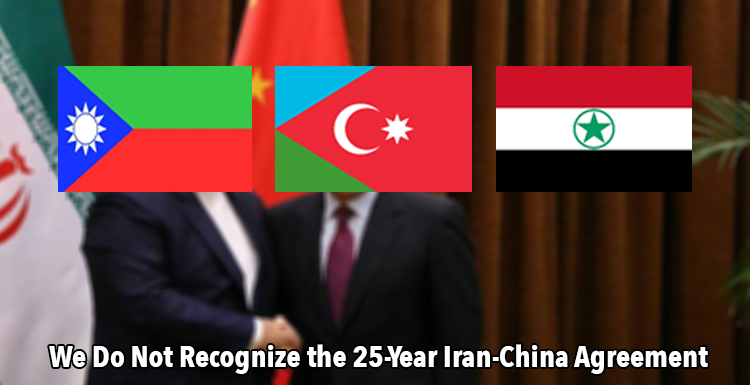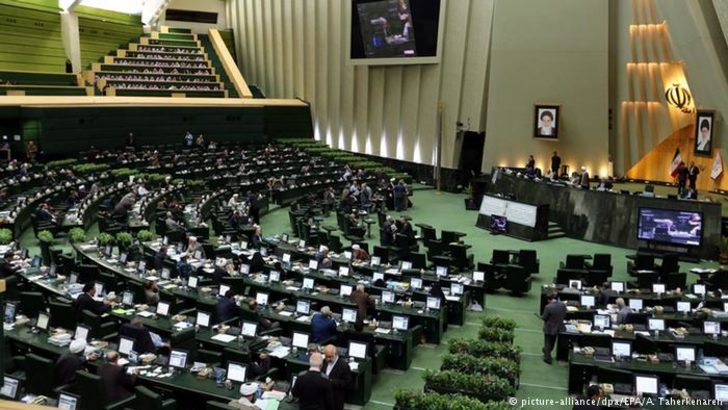Iran’s Water Crisis-VIDEO
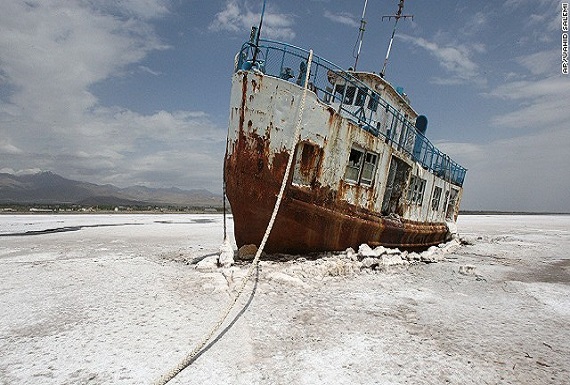
Araz News: It is hard to imagine life without access to sufficient quantities of fresh water, but in some parts of the world, particularly the Middle East, that is becoming more than a theoretically disturbing possibility, as climate change, mass migration, environmental degradation, drought and political instability – among other issues – make the use and management of diminishing water resources an increasing challenge.
It’s a particular concern in Iran, where a number of problems – not least the stifling effect of years of international sanctions – mean water depletion is now receiving some serious attention.
He says: “In less than two decades the population of Iran doubled. The second cause is an inefficient agricultural sector. It’s been very important for us over the years of war with Iraq and after that during the sanctions. So it was natural to be really worried about food self-sufficiency and food availability in this country. And the third cause being mismanagement.”
“Water is also linked to so many things and unless we understand and appreciate the linkages and this complexity, we cannot solve this crisis,” he adds.
And a crisis is exactly what it is becoming, Madani explains: “Rivers and lakes are going dry one after another, we’re losing wetlands, we’re seeing land subsidence, we’re seeing desertification, which is really sad.”
But as Iranians watch their beloved bodies of water disappear, their wells dry up and their farmland turn to dust, there is a growing understanding that in order to avoid any kind of existentialist threat in years to come, the country needs to radically rethink its attitude to water use. The government has begun to introduce programmes to conserve and manage water more efficiently – particularly in agriculture – while using social media to alert the public to the problem.
Will these measures prove effective? And do they carry any lessons for other countries in this increasingly arid part of the world?
People & Power sent reporter Gelareh Darabi and a team from Earthrise, Al Jazeera’s environmental series, to investigate the reasons for Iran’s water crisis and the innovative schemes now being adopted to resolve it.
FILMMAKER’S VIEW
By Gelareh Darabi
Meysam Mir Zendehdel’s photos of Lake Urmia stopped me in my tracks. He had captured a barren salt covered landscape dotted with massive container ships, tipped over and rusting away. How could this be?
The stories my parents told me about our homeland often involved fond memories of getaways from the congested capital to Urmia’s cooling breezes. It’s not just my family, Lake Urmia features on the yellowed pages of many a photo album in many an Iranian home. It was the backdrop for carefree memories, filled with swan-shaped pedal boats, parasols and smiling faces bobbing up and down in its buoyant waters.
I couldn’t believe that in 15 years one of the world’s largest saltwater lakes, and the pride of the Azeri people, had shrunk to 10 percent of its former size. The images made me realise that the lush, water abundant Iran of my parent’s memories was rapidly fading. The reality was much starker.
Meysam was one of the first photographers to sound the alarm on the crisis of the lake. I got in touch right away. I also reached out to UNDP Iran, one of the first international organisations to officially declare Lake Urmia’s dire situation and create a long-term plan and commitment to restoring as much of it as possible.
Months of emails and Skype calls with my new contacts in Iran began. Although the information they were sharing was compelling it came in patches and spurts. Iran is not exactly an e-mail reliant country. I was frustrated knowing that there was a bigger story to be told beyond what the Western media was extracting from its own jumbled Skype calls.
By chance, a family member had planned a trip to Iran in the following month. I elbowed my way into their travel plans and quickly found myself flying back to my birth-country after being away for 30 years.
I expected the same patchy communication, but instead I was greeted with support and a shared interest in letting the world know that Iran’s water resources were quickly drying up. I spent the entire week sitting in the back of taxis in Tehran’s notorious traffic, racing from one meeting to the next. I returned home with a suitcase full of notes and a fire in my belly. As soon as I tried to fire up the face-to-face connections that I had made in Tehran, however, I hit the communications wall.
It was one thing to understand the nation-wide scale of the crisis, how Iran’s heavy investment in food security during decades of international sanctions had catapulted an already deteriorating and development thirsty water management system over the edge, but it was another to gain the trust and attention of the people who could tell it.
A family friend knew that I was interested in the story of water in Iran, so when he heard a debate on the topic on his crackling kitchen radio, he quickly grabbed a pen. I received a phone call from him. I heard his voice on the other end of the receiver hollering down the line in true and endearing, hard of hearing fashion, “Gelareh, write this name down, K-A-V-E-H M-A-D-A-N-I”. I scribbled the name down and moved on.
It was on a particularly frustrating day when I hadn’t had a single response to my endless queries in ages, that I thought to go back and find that name. A quick search turned up an office number at the Imperial College of London. I called right away.
That phone conversation was the catalyst that shaped and guided this entire film. Kaveh Madani, turned out to be Dr Kaveh Madani, global water expert and probably the most passionate person about water management that you’ll ever meet (there was even a line about water conservation in his wedding vows).
It was Kaveh who opened my eyes to the even greater tragedy happening underground. Iran, he told me, has used up 70 percent of its groundwater. The effects of water scarcity on our culture’s most iconic landmarks and exports: Isfahan’s famous Zayandeh Rud, the river that gave birth to the ancient city, had dried up. Pistachios, Iran’s second largest export after crude oil, were vanishing.
As wetlands and aquifers dried up, we Iranians were losing a big part of our cultural identity, but surprisingly people weren’t keeping quiet. The environment, in particular the water crisis, had become a front page topic in the media and on Iranian social networks. As different towns and cities ran out of water and new massive sinkholes appeared, the images spread like rapid fire on those channels.
The country’s Vice President and head of the Department of Environment, Masoumeh Ebtekar, a prolific user of social media, sent out almost daily updates on the state of Iran’s environmental health. The diagnosis wasn’t good.
Western media was also catching on to the story. With an estimated four to five million Iranians living around the world, the expat interest was leading newsrooms around the globe to take a much larger interest in the story.
But it wasn’t until the A-list actor and environmental activist Leonardo DiCaprio reposted an image of Lake Urmia from the weather.com Instagram account that the disappearing treasure became a household name.
I wanted to know who had taken that groundbreaking photo. It turned out, it was taken by a young, female photographer named Solmaz Daryani. She was open to talking to me. And she had quite a story to tell.
That first Skype between us was what made me realise we had remarkable story on our hands. Her family’s connection to Lake Urmia and the devastation its disappearance has had on them was the final push I needed to make this film a reality.
BY-Al Jazeera



